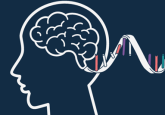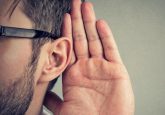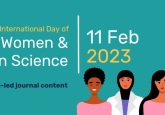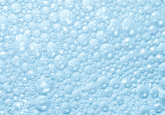Taking charge of extracellular vesicles

Researchers have developed a novel approach to isolate highly purified extracellular vesicles.

Extracellular vesicles (EVs) play important roles in long-distance intercellular communication and are potentially useful as biomarkers. EVs have been isolated from body fluids by centrifugation, size exclusion chromatography, filtration, precipitation, and affinity purification; however, these methods vary in the extent of contamination of the isolated EVs with non-EV protein complexes and RNAs.
In the August issue of BioTechniques, Maja Kosanović and her colleagues at the University of Belgrade present a new method for isolating EVs that reduces such contamination. Given that they are negatively charged due to their surface molecules, the team tested ion-exchange chromatography (IEC) as an approach for purifying EVs. Using amniotic fluid as the source of EVs, they compared the gold-standard method, consisting of ultracentrifugation followed by sucrose density gradient centrifugation, with their novel method of ultracentrifugation followed by IEC. As demonstrated by protein electrophoresis and immuno- and lectin blotting, the use of IEC significantly reduced the contamination seen with the gold-standard method.





